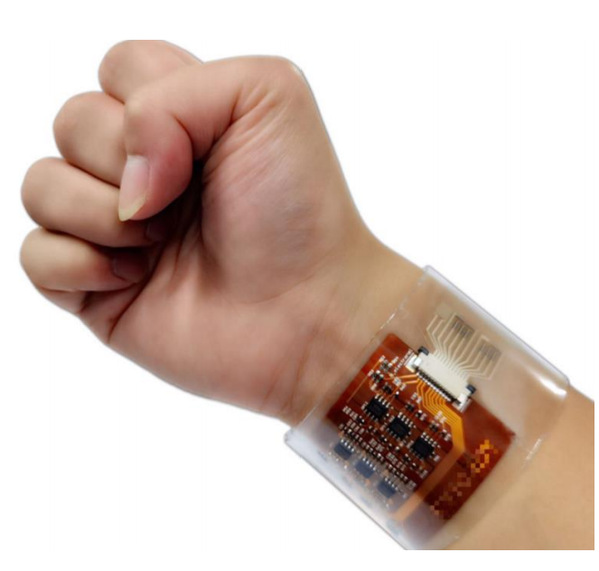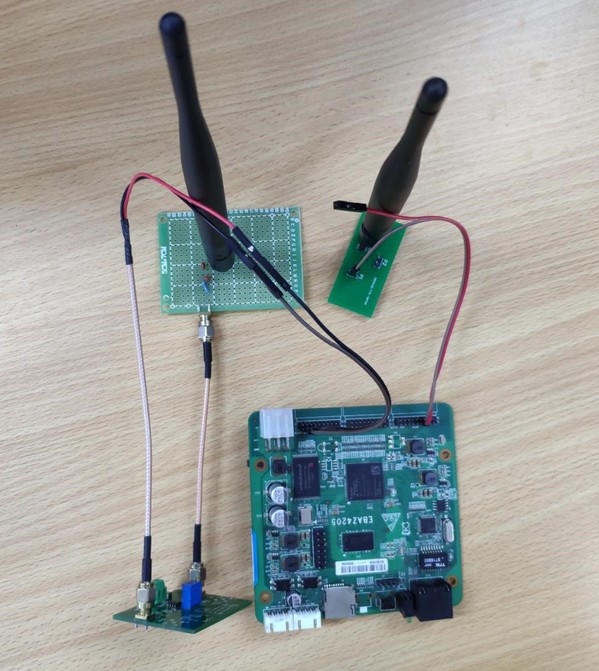Period
2020.9-2022.8
Cooperative unit
The First Affiliated Hospital of USTC
Introduction
Analgesic sedation assessment is the key to improving the survival rate of ICU patients. Currently, there is a lack of effective assessment tools for analgesic sedation in ICU patients at home and abroad, a lack of AI technology development and application in this field, and no research on ICU analgesic sedation assessment based on AI technology. To address the two core issues of continuous monitoring of analgesia and sedation and dynamic adjustment of strategies, this project integrates artificial intelligence and information technology, such as the Internet of Things, and focuses on three scientific issues: personalized, precise analgesia and sedation recommendation strategies for sequential decision making, ultra-low power multi-protocol passive transmission and networking, and real-time intelligent edge computers in ICU with cloud-side end collaboration. We will explore the theory of personalized precise analgesia and sedation adaptation based on reinforcement learning, study wireless passive and high reliability transmission technology in medical environments, build an integrated hardware-software-data ICU edge platform, validate the theories and technical models proposed in this study, and promote the cross-combination of artificial intelligence and clinical medicine.
Methodology
Multidimensional perception-based medical behavior assessment and recommendations
This project will focus on the scientific management of sedation and ventilators, a notable difficulty in the ICU. Using artificial intelligence technology, we will provide assisted recommendations for sedation and ventilator use. Clinicians will be alerted when patients are ready to start disconnecting the ventilator, and personalized treatment plans will be recommended. It is proposed to make the best choice in terms of sedation medication and dose per session, ventilator settings, starting an autonomic breathing trial, or disconnecting when the randomness of the underlying process, delayed effects of behavior, and uncertainty in state transitions and outcomes are captured. Such a task setting is clearly a sequential decision problem rather than a simple prediction task, and this project will introduce deep reinforcement learning techniques while incorporating clinical data to provide scientific advice. Specifically, a neural fitting Q iteration approach is proposed to be used to train to obtain a decision maker, while a two-part development will describe how NFQI can be applied to common ICU scenarios.
Passive Vital Signs and Metabolic Monitoring Based on 5G Interconnection
The core issue in achieving safe and efficient intelligent monitoring is to make the monitoring device operate completely independently without relying on external cables, batteries, or other contact devices, avoiding as much as possible the influence of external cables on clinical tasks and the medical infections and injuries they bring. To this end, the project will design a miniature passive sensing architecture that integrates sensing, sensing, and knowing. The architecture organically unifies a chemical-physical sensing unit, an energy capture control unit, a passive communication network unit, and a programmable personalized warning unit, making the passive device capable of meeting the four functional requirements of real-time identification, real-time tracking, real-time sensing, and real-time warning. The types of sensing data supported include vital signs monitoring such as body temperature, respiration rate, heart rate, blood oxygen saturation, and metabolites monitoring such as glucose, uric acid, tyrosine, and cholesterol.
Achievement


